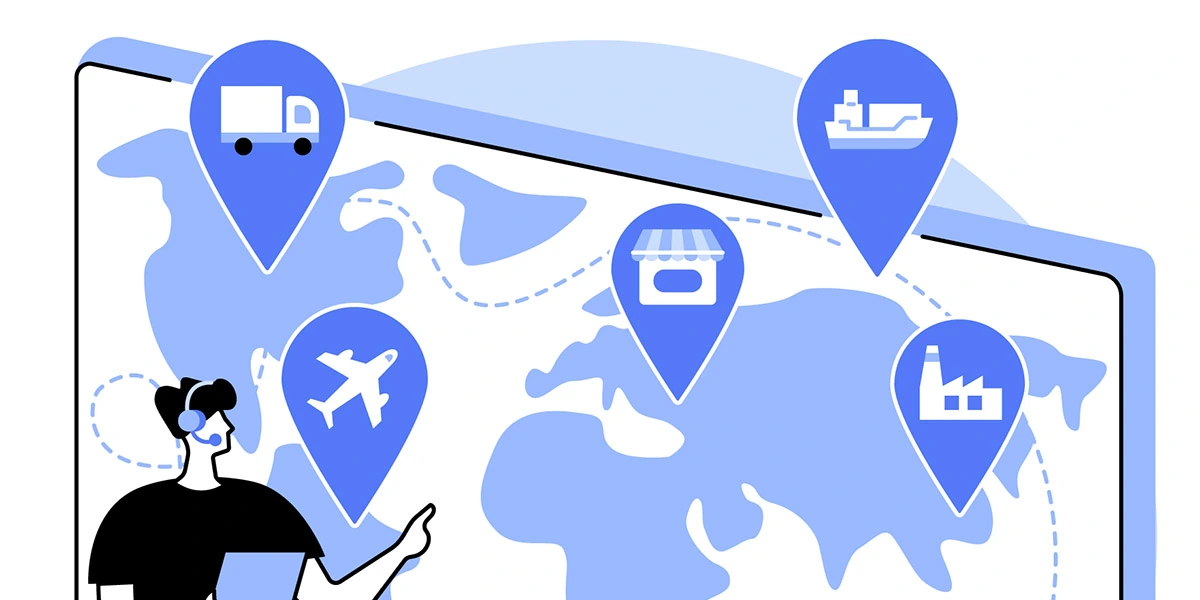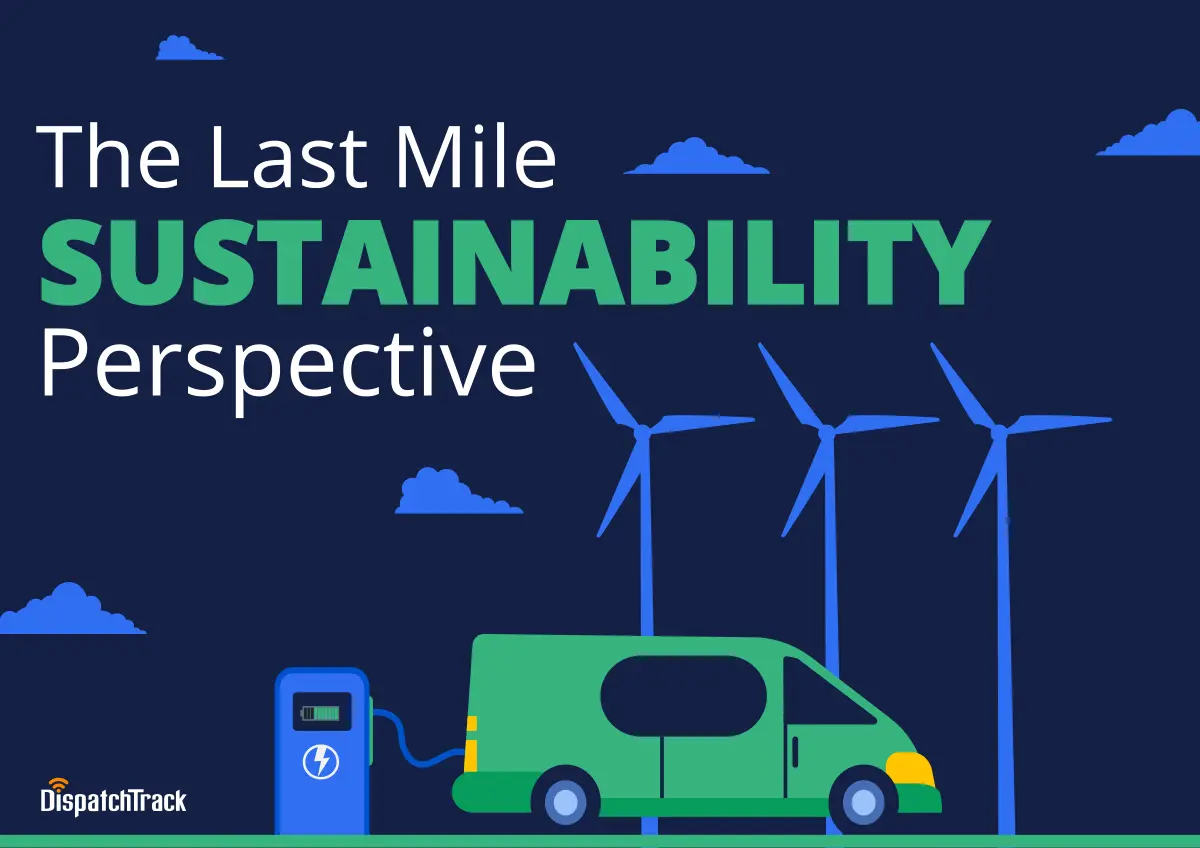With economic headwinds accelerating, the question of how to approach technology spending is going to be a thorny one for a lot of businesses in 2023—particularly delivery organizations that are impacted significantly by supply chain snafus and shifting costs.
 On the one hand, it’s obviously hard to justify an increase in IT spending. Between volatile fuel costs and persistent inflation, very few businesses out there can take a carefree approach to any budget line items. At the same time, the best technology investments are just that—investments. They’re meant to provide ROI and start saving you money or boosting your revenue on as quick a timescale as possible. In that sense, there’s no better time than when things are tight to get the best possible technology for your use case. The trouble is, how can you be sure that you’re making a safe bet?
On the one hand, it’s obviously hard to justify an increase in IT spending. Between volatile fuel costs and persistent inflation, very few businesses out there can take a carefree approach to any budget line items. At the same time, the best technology investments are just that—investments. They’re meant to provide ROI and start saving you money or boosting your revenue on as quick a timescale as possible. In that sense, there’s no better time than when things are tight to get the best possible technology for your use case. The trouble is, how can you be sure that you’re making a safe bet?
Ultimately, that’s the big question that a lot of delivery organizations—whether they’re retailers, distributors, wholesalers, or 3PLs—are going to have to ask in 2023 if they want to stay competitive. That might seem daunting. Luckily, the big questions can almost always be broken down into smaller questions to help decision makers get to the right decision.
With that in mind, what are the most important questions that delivery organizations should be asking themselves about their delivery logistics technology in the coming year?
1. Will It Help Me Optimize?
Whether you’re asking yourself about new technology or evaluating the tools and software solutions that you already have, you’re fundamentally asking yourself the same question: does this help me to have the business that I want today, tomorrow, next year, etc.? Since today’s challenges for delivery organizations are fairly acute, a short term view of whether the solution is getting the job done right now isn’t the worst place to start.
When it comes to delivery management technology, the first thing you need to figure out is whether the solution under consideration helps you optimize your processes. This includes cost optimization of the kind that will ultimately help fight inflation, obviously, but it also includes streamlining processes so that they simply run more smoothly. This could include a few things:
- Creating easily adaptable routes that maximize truckload capacity and thus save time
- Data integration with other systems to ensure the handoff to and from the last mile is smooth
- Digital proof of delivery that automatically integrates with receipts, billing, etc. (which it just so happens will also save you money on false liability claims)
- Automated customer communications that offer an elevated delivery experience while cutting down on costly phone time
These are just a few representative examples—the point is that 2023 is going to be a year for optimization, and your technology needs to actively support you in that goal.
2. Does It Make Me More Agile?
This is obviously related to the question above, but it’s also a distinct question. Especially when it comes to legacy software solutions, you might have the ability to optimize, say, routing, but lack the agility to update your routes in a timely manner. This can be a major risk factor. As demand and supply chains continue to be volatile, your technology needs to position you to adapt quickly and easily to changing circumstances. This often comes down to two elements:
- Speed: Simply put, does the solution process delivery information quickly enough that you can make changes as needed? You don’t want to be stuck with an early cutoff time for orders because your software takes hours to route.
- Ease of use: If your delivery planners need to call in an outside consultant or rely on a lone internal expert to get anything done, agility tends to go out the window. Whatever software you’re using needs to be user-friendly enough that planners can easily make new plans, adjust old ones, and find the data they need in the format they need.
3. Will It Scale?
We mentioned above that speed needs to be a priority if you’re going to stay agile and effectively respond to changes. Typically, speed comes down to processing power and solution architecture. Your technology needs to be powerful enough to handle whatever data you throw at it without bogging down, and it needs to be built to efficiently handle high volumes of use.
As it happens, this is almost exactly what you need for ensuring scalability as well. In general, the most effective way to ensure that you can actually achieve this is to opt for true SaaS-native software. Why? Because platforms that were specifically architected to run in the cloud will handle increases or decreases in volume much more seamlessly and integrate with other solutions much more easily than those that started out on-prem and have been re-architected for the cloud.
That’s not to say that transitioning to the cloud is always easy from a change management perspective. If you’re currently running on-prem delivery management software, switching to the cloud might seem risky. But in 2023 it’s only becoming more and more apparent that SaaS technology is the key to scalability.
4. Does It Fit Seamlessly into My Tech Stack?
Over time, businesses that handle processes as complicated as last mile delivery tend to build out processes that are equally complicated. You might be importing and exporting CSV files from one platform to another on a regular basis just to keep your deliveries running, or you might have complicated workarounds for getting one piece of technology to play nicely with another.
When you’re looking to streamline, it’s worth asking whether you can replace any manual processes with automated data integrations. More broadly, it’s worth asking yourself how your WMS, ERP, PoS, route accounting, route optimization, telematics accounting, and other enterprise solutions come together to create holistic processes. If your goal is to optimize, you want the flow of data and processes between these systems to be as seamless as possible. Silos are the enemy of efficiency, and in the current moment efficiency is more critical than ever. That’s why there’s never been a better time to approach the process of evaluating technology from a holistic lens that encompasses much more than just the last mile.
One of our other predictions for the year is that the C-suite will become more and more involved in the last mile decision-making process—which will only make that holistic viewpoint more important.
5. Does It Power Sustainable Processes?
In this question, we mean two different things by “sustainable.”
- Is it future-proof? In other words, will the technology put you in a position where you can keep doing what you’re doing without risking a major disruption.
- Is it better for the environment? As more pressure gets put on supply chain businesses to cut carbon emissions, will it help you to become more eco-friendly in the way that you carry out deliveries.
It might not seem like these have that much to do with one another, but at the end of the day they’re both about looking beyond the immediate, day-to-day problems of your supply chain to the future of your business and the industry. In both cases, you might want to prioritize technology that makes you more efficient, that makes it easier to track things like miles driven and carbon emitted, and makes it easy for you to adapt to other technologies (i.e. electric vehicles) that may be changing around you.
In that sense, this question is the most important one of the bunch. If you can find a solution that will sustain your business through changes you haven’t even necessarily foreseen yet, you can position yourself to weather any storm that comes at you in 2023 and beyond.
